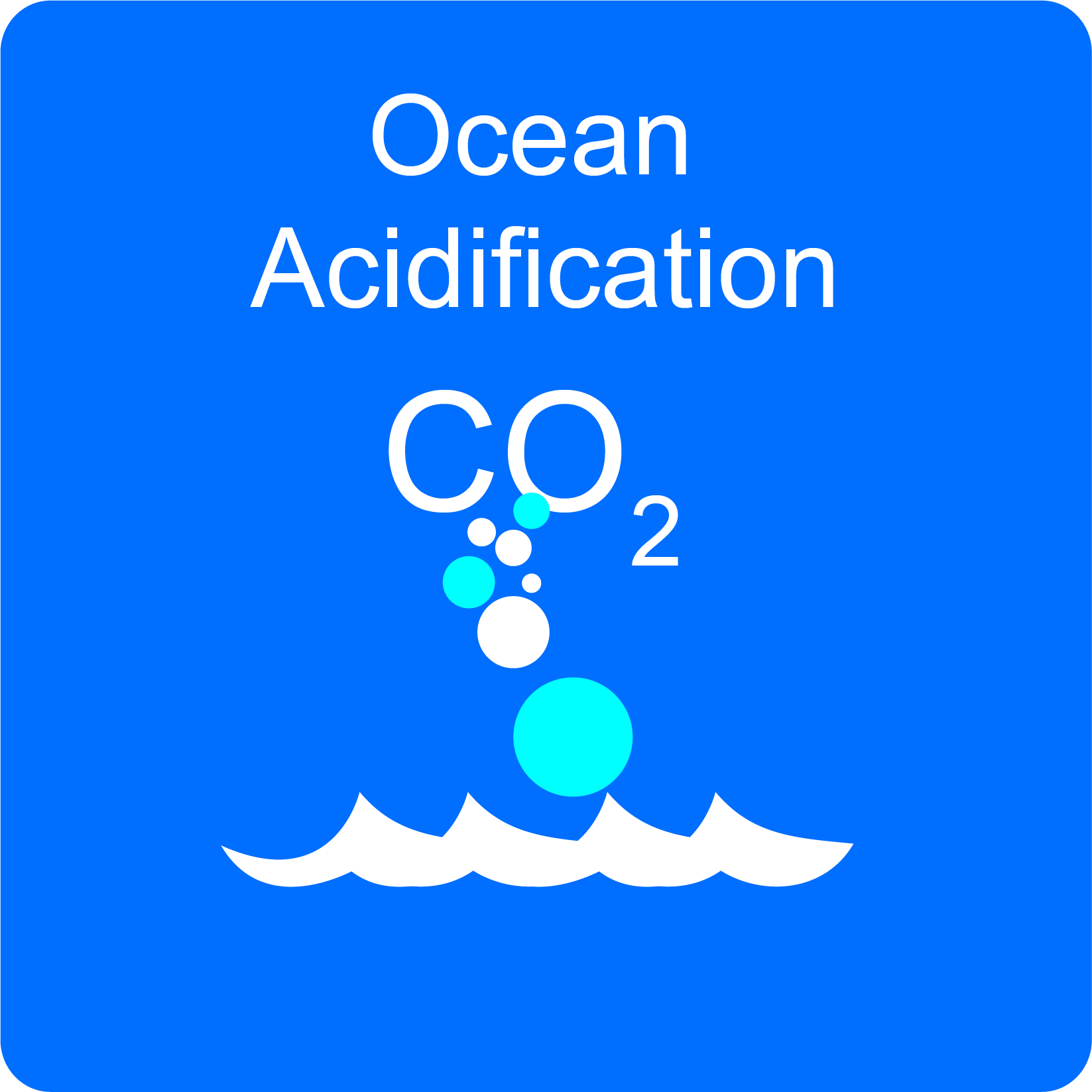Ocean Acidification: A Systems Approach to a Global Problem
Overview
Unit Plan & Lessons Flow Chart Printable Overview Contributors
The oceans cover 70 percent of the planet and play a critical role in regulating atmospheric carbon dioxide through the interaction of physical, chemical, and biological processes. As a result of anthropogenic activity, a doubling of the atmospheric CO2 concentration (to 760 ppm) is expected to occur by the end of this century. A quarter of the total CO2 emitted has already been absorbed by the surface oceans, changing the marine carbonate system, resulting in a decrease in pH, a change in carbonate-ion concentrations, and a change in the speciation of macro and micronutrients. The shift in the carbonate system is already drastically affecting biological processes in the oceans and is predicted to have major consequences on carbon export to the deep ocean with reverberating effects on atmospheric CO2. Put in simple terms, ocean acidification is a complex phenomenon with complex consequences. Understanding complexity and the impact of ocean acidification requires systems thinking – both in research and in education. Scientific advancement will help us better understand the problem and devise more effective solutions, but executing these solutions will require widespread public participation to mitigate this global problem.
We are addressing both the science, through our research, and the mitigation, through developing curriculum. It is our goal to bring this high level, hands-on learning to students. In this curriculum module, students in high school life and marine science courses act as interdisciplinary scientists and delegates to investigate how the changing carbon cycle will affect the oceans along with their integral populations.
 Students closely model what is occurring in laboratories worldwide and at ISB through Monica Orellana’s research to analyze the effect CO2 has on ocean chemistry, ecosystems and human societies. Students experiment, analyze public data, and prepare for a mock summit to address concerns. Student groups represent key “interest groups” and design two experiments to observe the effects of CO2 on seawater pH, diatom growth, algal blooms, nutrient availability, and/or shell dissolution.
Students closely model what is occurring in laboratories worldwide and at ISB through Monica Orellana’s research to analyze the effect CO2 has on ocean chemistry, ecosystems and human societies. Students experiment, analyze public data, and prepare for a mock summit to address concerns. Student groups represent key “interest groups” and design two experiments to observe the effects of CO2 on seawater pH, diatom growth, algal blooms, nutrient availability, and/or shell dissolution.
License
![]() Except where otherwise noted, the Ocean Acidification module, copyright Institute for Systems Biology (ISB) through Baliga Systems Education Experiences, is available under a Creative Commons Attribution-NonCommercial 4.0 International License. All logos, trademarks, and videos are property of their respective owners. This resource may contain links to websites operated by third parties. These links are provided for your convenience only and do not constitute or imply any endorsement or monitoring by ISB or ISB’s funding agencies. Please confirm the license status of any third-party resources and understand their terms of use before reusing them.
Except where otherwise noted, the Ocean Acidification module, copyright Institute for Systems Biology (ISB) through Baliga Systems Education Experiences, is available under a Creative Commons Attribution-NonCommercial 4.0 International License. All logos, trademarks, and videos are property of their respective owners. This resource may contain links to websites operated by third parties. These links are provided for your convenience only and do not constitute or imply any endorsement or monitoring by ISB or ISB’s funding agencies. Please confirm the license status of any third-party resources and understand their terms of use before reusing them.



